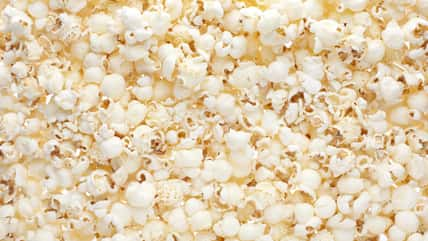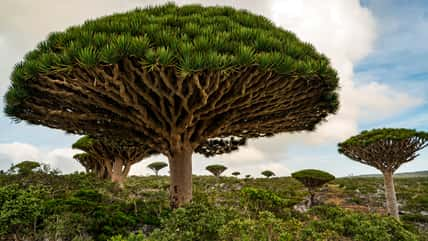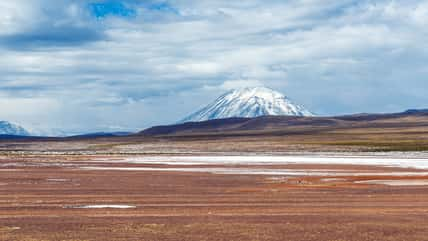Spanish Explorers Brought Peaches To America, But Indigenous Communities Helped The Fruit Take Root

The first peach pits were brought to North America by Spanish explorers, but Indigenous communities were the ones responsible for helping the fruit take root.
Researchers at Penn State found that Indigenous networks and their land management practices contributed to the peach’s spread across the continent.
Peaches require intensive care. They must be planted in places with plenty of sunlight and proper soil drainage. They also need to be pruned regularly.
“For a long time, the narrative was that the Spanish introduced peaches, and then peaches spread very quickly,” said Jacob Holland-Lulewicz, the first author of the study and an assistant professor of anthropology at Penn State.
“The reality is way more complicated. How quickly peaches spread is very much a product of Indigenous networks and land management.”
The researchers carefully looked through historical documents that made mention of peaches, such as the travel records of French missionary explorer Jacques Marquette and English merchant Jonathan Dickinson.
They also employed radiocarbon dating to estimate the ages of peach pits and organic materials like carbonized tree wood from 28 archaeological sites and two other locations where peach pits have been uncovered in the past.
The various sites were scattered across the Carolinas, Georgia, Florida, Alabama, Tennessee, and Arkansas. By 1620, roughly 100 years after the Spanish arrived in Florida and Georgia’s Oconee Valley, the peaches were likely widespread across Indigenous settlements throughout the interior southeast.
This suggests that early Spanish settlements within existing Indigenous networks were important for the spread of peaches, especially as they became major trading centers.

Sign up for Chip Chick’s newsletter and get stories like this delivered to your inbox.
It wasn’t until Spanish and Indigenous networks became intertwined that peaches were able to take off in North America. The relationship between the two communities provided the ideal conditions for the fruit’s dispersal.
These communities even bred new varieties, creating so many that they surpassed the number found in Europe during that same period.
In addition, the research team identified what might be the earliest peaches in North America at a Muskegon farm in the Oconee Valley. The peach pits were initially discovered in the 1990s in some post holes that once supported structures on the farm.
They radiocarbon-dated nuts, corn kernels, and charcoal from the post holes. They concluded that occupation at the site began between 1520 and 1550 and ended between 1530 and 1570. The peaches may have made it to the interior southeast several decades before St. Augustine was founded in 1565.
“Understanding the path that the introduction of species, such as peach trees, took through colonization and the role that Indigenous people and their long-term relationship with the environment played in shaping these histories demonstrates the importance of these events, people, and processes to what becomes a broader American history,” said Victor Thompson, a co-author of the study and a professor of archaeology at the University of Georgia.
The study was published in Nature Communications.
More About:News





